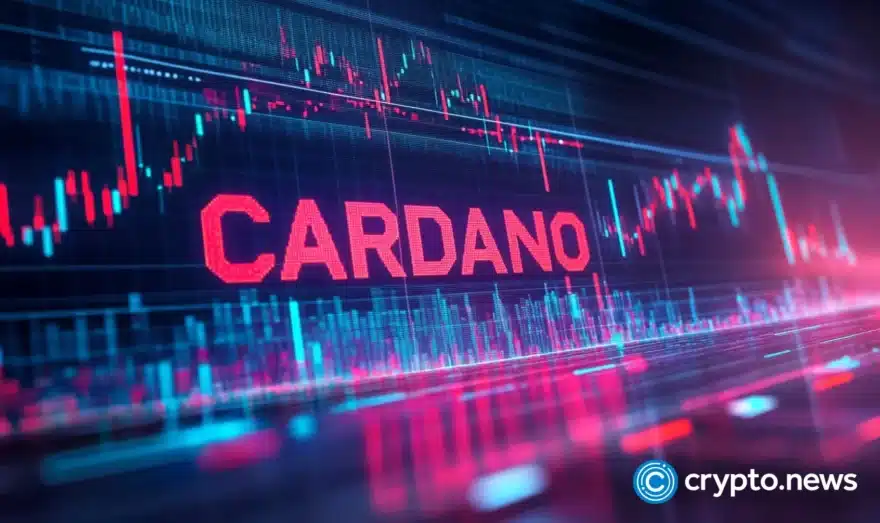How to Choose the Most Lucrative Cardano Staking Pools

With a current market cap of $14.98bn, Cardano is firmly placed in the top 10 cryptocurrencies by market cap. Its diverse DeFi universe is the key driver behind its exponential growth. As such, the blockchain has been attracting investors in waves, all keen to share a slice of the pie. Among the top investment options for all types of investors, be they newbies or seasonal investors, is staking the coin. The strategy’s target is joining a staking pool that promises the best investment returns. The problem is finding the lucrative pools in question. Read on and learn how to better go about it.
The Main Things to Keep in Mind
Staking Yield
A pool’s staking yield is perhaps the most common indicator of how lucrative an ADA pool is. It is expressed as the Annual Percentage Yield, implying that the figure translates to what is earned after a year of staking a certain value of ADA in a pool.
Since the APY directly refers to the staking reward earned on the ADA locked by a delegator (investor) in a pool, a higher figure is preferred. The most common pools tend to have very high APYs. There are, however, several other important factors that ought to be considered.
Favorable Pool Fees
The fees in every staking pool may come in two ways, pool margins and fixed fees. Pool margins are calculated as a percentage of the stake one makes. They usually range between 0% to 5%, but they can get to as high as 10%. While a lower margin fee appears more favorable at face value, there is more than meets the eye. The workings behind how margin rates affect rewards are better reviewed separately, with margins also going a long way in affecting pool security.
The other type of cost is the fixed fee, with the lowest possible charge being 340 ADA. For the fixed fee, it is a lot simpler. A low figure is the most desirable outcome cost-wise. The mix of both the margin and fixed fee should be considered, with a lower figure for a mix of both guaranteeing a more lucrative pool with good returns.
Pledge Value By Pool Operator
A pledge is, simply put, the number of funds an operator is willing to put in the game. It is reflected by the amount of ADA they lock in the pools. The amount indicates how committed they are to the staking pool.
For a situation where a pool operator has locked a high pledge on the pool, they will be very vigilant in addressing any glitch that may affect a pool’s returns. And that’s because it will translate to significant decrements in returns or even possibly staggering losses.
If a very low pledge is made, their investment in ensuring everything runs smoothly becomes something of a misnomer. That may also indicate that the operator doesn’t consider their pool’s returns sufficient enough to commit a larger pledge. The higher the pledge, the more likely the pool will be more lucrative.
Number of Pools by Operator
An otherwise ignored gauge of pool profitability is the number of pools its operator manages. The most preferred case is if the operator controls one pool.
The reason behind it is the possibility of glitches. If an operator runs several pools, a glitch on one pool may easily go unnoticed and take the pool offline. While it may sound harmless, just a few minutes are enough to make a pool miss an entire block.
Missing a block translates to lower returns on the value staked. The troubling part is that one may not even notice it until, say, two or so weeks. As a standard, multi-pool operators are often big staking firms; an operator with a single pool is most often an individual.
It may sound unusual, but an individual as a single pool operator is a preferable option. Such glitches will hardly go past them, especially if they’ve locked a high pledge value in the pool. It’s, however, possible for very well-staffed firms to be just as efficient in tackling glitches as a single operator.
Popularity Levels
How popular an ADA staking pool tends to be quite influential in determining how lucrative it is. It goes with popularity scales, swinging and then down along the way.
Less popular pools tend to be so because they are often less known because of their overall lower levels or returns. It isn’t universal, though, with some hidden gems offering more lucrative deals than the popular ones. However, Pledge value and operator numbers should be considered when choosing such pools.
The more popular stakes, however, tend to have better deals on average in terms of returns when compared to the unknowns. There is, however, a ceiling. Overly popular pools tend to hit saturation much faster. At such a point, delegators receive lower returns on stakes made, finding it preferable to scout for wither pools.
Luck Metric
The luck metric is an important indicator of a staking pool’s ability to bring in better returns. It is a composite percentage figure indicative of a pool’s server uptime.
When a pool’s luck metric is lower than 100% by up to 5%, a considerable margin shows server uptimes are quite unreliable. The servers aren’t always online when the pool is scheduled to participate in the block minting process. That translates to missed blocks, which, as explained earlier, results in lower returns of staked figures.
A 100% luck metric means an ADA staking pool mints every block assigned to it. While it’s the preferable option, a 100% rating is rare. The closer to 100% the figure, the more lucrative a staking pool is.
Author’s Note
The dream staking pool has a >10% APY, 0% pool margin, a 340 ADA fixed fee, a single operator who has locked a high pledge, and a 100% luck metric. Such a pool is, however, as rare to find as combing for a pin in a haystack. The more plausible position is that such a pool is non-existent but never say never.
One ought to try and ensure that their ADA staking pool of choice meets as many of these requirements as possible. It shouldn’t fall short by too far a margin where it doesn’t. Such a pool is the most lucrative one can ever hope to find.














